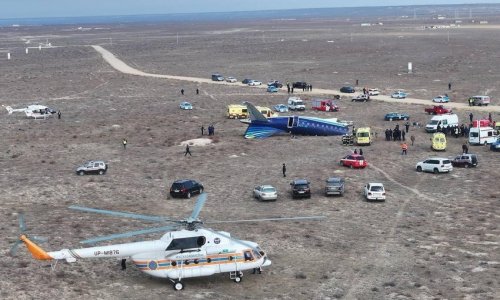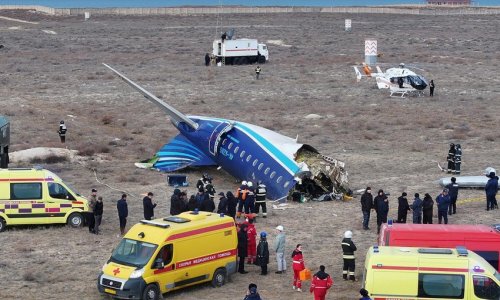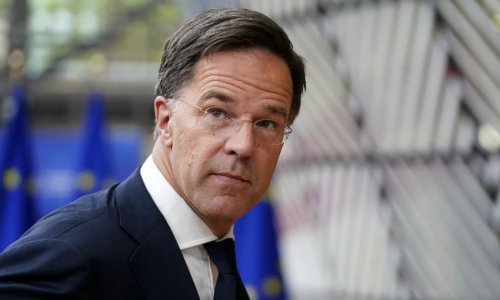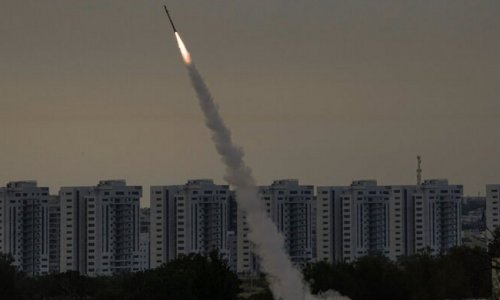Pro-Russian supporters have been seen sporting the St George's ribbon which symbolises Russian military valour, and has long been used as a ribbon for medals awarded for valour in the Russian and Soviet armies. In 2005, before the 60th anniversary of the Soviet Union victory in World War Two, the ribbon was handed out in the streets. Today Russian Guards use the ribbon on their flag and badge. So it may appeal to those who feel sympathetic towards the Soviet Union or imperial Russia, and those who denounce Ukraine nationalists as "fascists".A black and red flag, this one raised by pro-Ukraine protesters, belongs to the Ukrainian Insurgent Army (UPA). The members were Ukrainian nationalists who fought against both sides in WW2 for an independent Ukraine - even resorting to collaborating with the German army as a tactical strategy to achieve nationalist goals. Some accuse them of murdering Jews and Poles, so in Russia this flag is regarded as fascist.Protesters wave Ukrainian Insurgent Army flagThe Crimean flag has the same colours as the Russian flag, but it's not clear if they're connected, says Graham Bartram, chief vexillologist at The Flag Institute in the UK. It was chosen in June 1992, a month after the peninsula's first attempt to break away from Ukraine. It was officially adopted by the Crimean government in 1999. Some protesters have been waving this flag to express anti-Ukrainian sentiments.The Donetsk Republic flag is borrowed from the Donetsk-Krivoy Rog Soviet Republic, founded in 1918 as a breakaway Soviet republic, but only lasting 36 days. The design seems heavily influenced by the Russian flag of the time, but with the top white stripe replaced with black, says Bartram. It expresses separatist sentiments.The Russian Naval ensign is waved as a symbol of Russian military strength. Flown at the stem of the warship, it's a St Andrew's flag but with reversed colours from the Scottish version. It was instituted in 1699 and apparently designed by the Tsar himself.(BBC)ANN.Az
Ukraine crisis: What do the flags mean? - PHOTO
World
11:27 | 07.03.2014
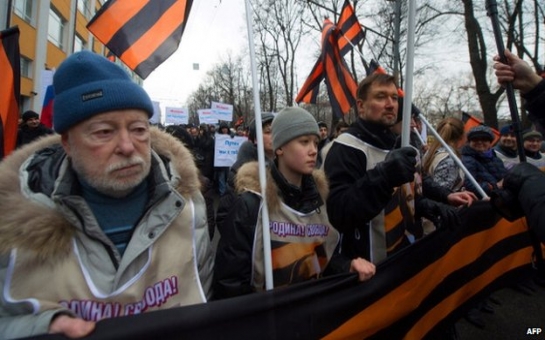
Ukraine crisis: What do the flags mean? - PHOTO
Apart from the well-known Russian, Ukrainian and Soviet flags, several other flags have been seen in the protests in Ukraine. What do they mean, asks Tanvi Misra?
Follow us !

